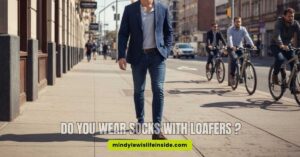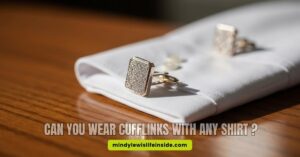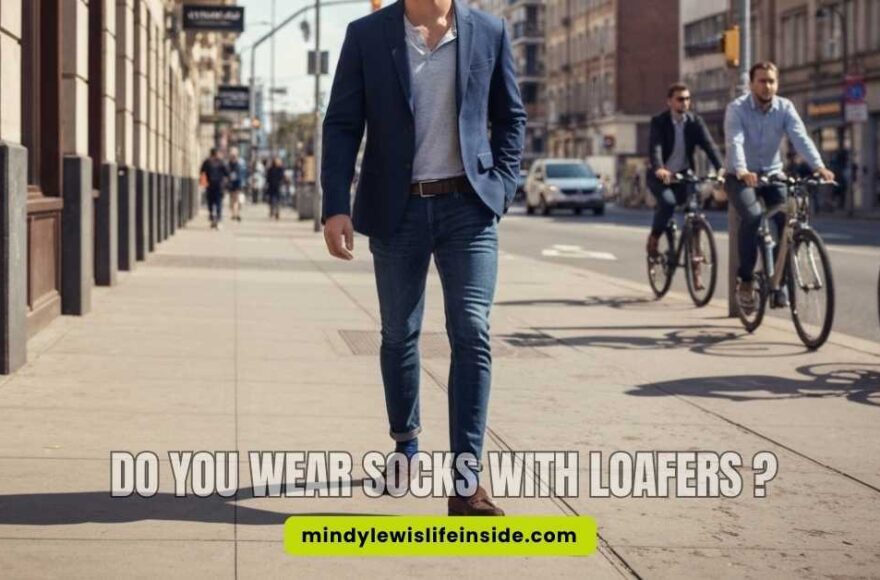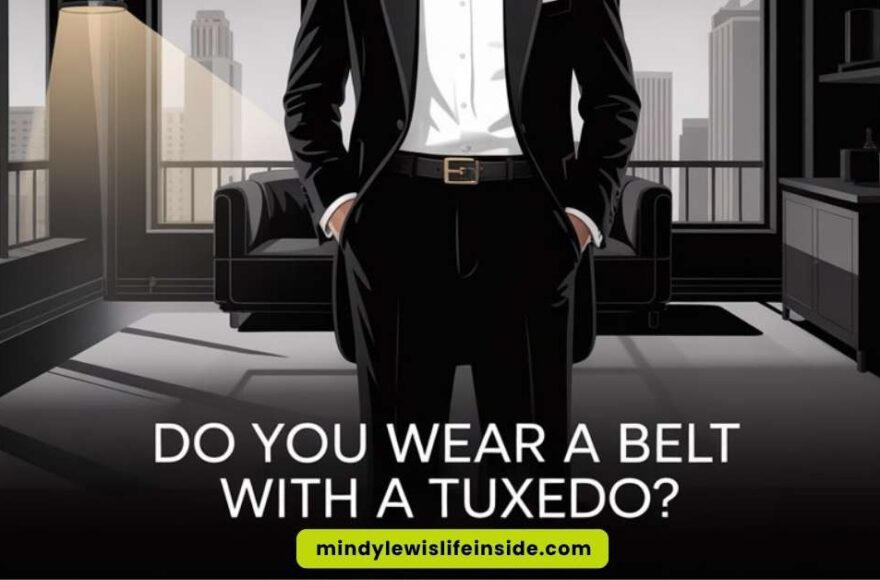Do You Wear Socks with Barefoot Shoes? Comfort vs. Style

As an Amazon Associate, I earn from qualifying purchases
Have you just started using barefoot shoes and now wonder if you should wear socks with them or not? At first glance, this looks like a simple question. But the answer is not as easy as it is with conventional shoes. These shoes are made to let your feet move more freely.
Wearing socks or not is more about your own personal preference. Let’s look at the different choices you have so you can find what feels best for you and your feet.
Weighing the Pros and Cons of Socks with Barefoot Shoes
The talk about wearing socks in barefoot shoes really splits people. Some say, if you want the real feel of the ground, you should not wear any socks at all. They think that any thin or regular socks will change the way you feel in the shoes.
But some people like to use socks for more practical reasons. Wearing thin pair can make your feet more comfortable. Socks can help with sweat and protect your feet, too. This can help with your foot health and still let you enjoy wearing your minimalist shoes.
It all comes down to what matters more to you. Do you want to feel the ground as much as you can, or do you want a bit more comfort and care for your feet? Let’s look a bit more into both sides.
Understanding Why Some Prefer Socks for Comfort
Many people pair socks with barefoot shoes because it makes them feel good. Barefoot shoes are nice, but they can have seams inside that rub on your skin. When you wear a thin sock, it gives a soft layer between your foot and the shoe. This helps stop your skin from getting sore, and it makes long walks much nicer.
Socks also help stop blisters. Friction makes these painful spots show up. If the sock fits well, it keeps your foot safe from rubbing inside the shoe. This really helps when you get a new pair or plan to walk a lot or run far.
Wearing socks with these shoes is also good for foot health over time. If you have socks on, you can enjoy barefoot footwear with no pain. This is a smart way to go if you want to keep up with a simple life. So, wearing socks is about keeping your feet healthy, staying away from blisters, and making the most of your footwear.
The Case for Going Truly Barefoot – Sensory & Movement Benefits
Choosing to go sockless is all about getting the most out of the barefoot experience. When your foot touches the inside of the shoe with no socks, you get the best sensory feedback from the ground. You can feel every little change, whether it’s smooth ground or a rocky path, because it all goes straight to your brain.
This closer feeling is key to better proprioception. It helps your body know where it is in space. When you work on proprioception, you get better balance. You also move more smoothly and naturally. This means you do not just walk; you pay more attention and feel more of what is around you compared to when you wear socks.
Some people really like this strong, clear connection. For them, it’s the main reason they go for minimalist footwear. With this, your feet work like they should. Your muscles get a good workout and the way you move gets better. Going without socks is the best way to feel every tiny bump and really connect with your steps.
How Socks Influence Fit and Feel in Barefoot Shoes
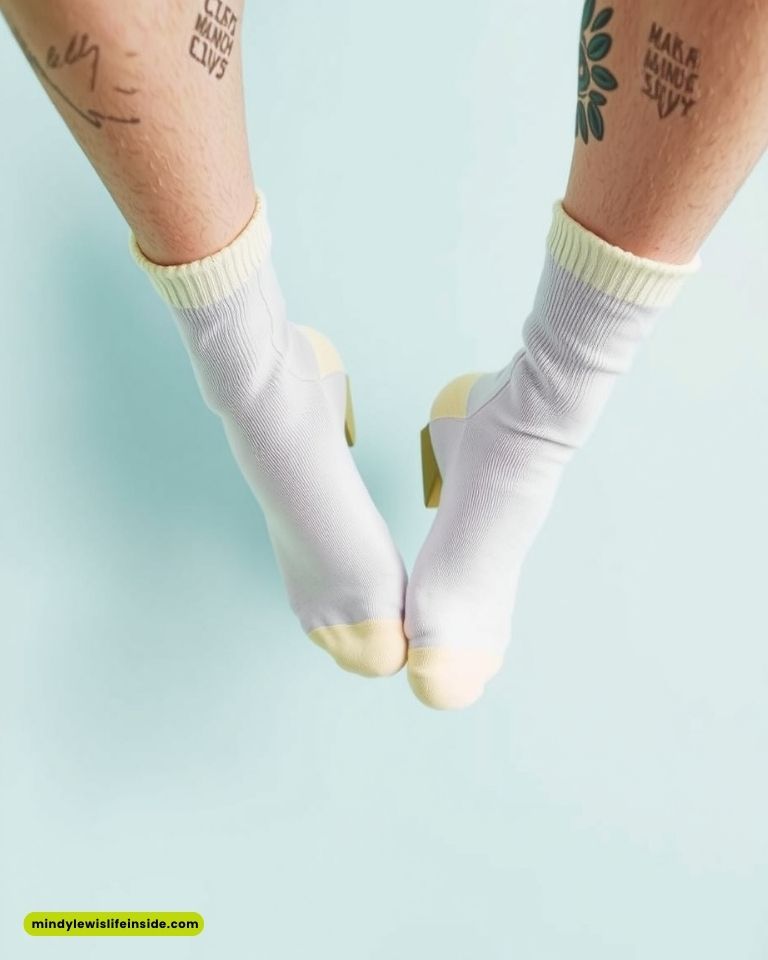
Adding socks to barefoot shoes will change how your footwear fits and feels. Even very thin socks can make the shoe tighter, especially if it already fits close to your foot like a glove. If you wear thick, regular socks, they can squeeze your toes and take away the roomy toe box that barefoot shoes offer.
This is where toe socks are useful. They are made to work well with the shoe so your toes can spread out as they should and it still feels natural. The main thing is to pick a sock that matches the design of your shoes instead of making them feel worse. Let’s look at how socks, including toe socks and regular socks, can affect the way you move and feel in your footwear.
Do Socks Affect Natural Movement and Ground Feedback?
Yes, socks can change how your feet feel the ground. Thick socks with lots of cushion will block some of the feelings you get from the ground. You will not get that pure “ground feel,” which is a big part of going barefoot.
But the socks you pick make a big difference. Let’s break it down:
- Thick, cushioned gym socks: These will really lower the ground feeling you get. They can also keep your toes from moving the way you want to.
- Thin, breathable toe socks: These toe socks have little effect. They keep most of the sensory feedback and add a little comfort.
In the end, it is all about personal preference. If you think the ground feel is too much or you like wearing socks, you can try ultra-thin toe socks. With thin socks, you keep good proprioception and still have something between your foot and the ground, without giving up all the feeling.
Can Socks Prevent Discomfort or Blisters?
One good reason to wear socks with any shoe, even barefoot or minimalist shoes, is to stop blisters. Blisters show up when your skin rubs against the shoe, but regular socks create a layer that can soak up some of this rubbing.
This is really helpful when you walk, run, or hike for a long time. Even in daily life, socks help avoid sore spots from seams or parts inside the shoe. This helps with foot health and better balance. Keeping your feet from hurting also helps you move in a natural way.
Some people say regular socks take away from the feel of minimalist shoes. Still, the protection socks give you can be worth it. If keeping away from blisters helps you wear your shoes more often and feel good in them, that is a good thing.
The Health Perspective: Feet, Hygiene & Climate Considerations
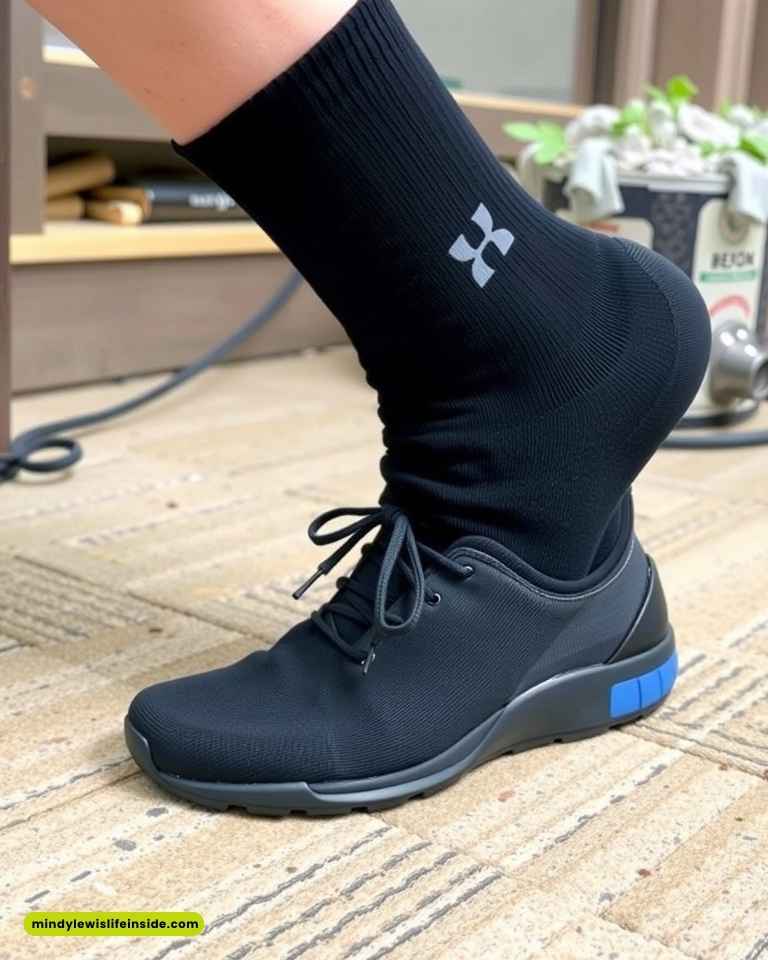
The choice to wear socks can affect your foot health. It’s not just about how they feel or fit. Socks help keep your feet clean and manage sweat. If you decide not to wear socks, sweat and dirt go straight into your shoes. This means you will need to clean your shoes more often.
Socks are easy to use and help control moisture. They keep your feet feeling fresh. Socks also help control how warm your feet get. In cold weather, they give you warmth. In hot weather, picking socks made from the right material helps your feet breathe. Let’s see how you can use socks to help with cleanliness and protect your feet from different weather.
Sweat, Odour, and Cleanliness – Sock Solutions
Let’s be honest: our feet sweat. When you go without socks, it can get a bit smelly. Sweat and bacteria sit right on the shoe inside, and that can make shoes start to smell after some time.
Socks are there to help with this. Socks soak up sweat and keep your feet and shoes drier. It’s easier to wash socks than to wash shoes all the time. This is a good way to look after foot health.
For better results, you should pick socks made with breathable materials. Here are some good options:
- Merino wool: This type of wool keeps moisture away and helps stop smells.
- Synthetic blends: Many of these pull sweat from the skin so your feet stay dry.
- Toe socks: These socks handle sweat between the toes, which is a place where sweat often builds up.
Warmth vs. Breathability: Choosing for Hot or Cold Weather
Your choice of socks can help you adjust your barefoot shoes to different weather. In colder climates, wearing thin socks can be important. They give you an extra layer of warmth. This makes it easier to keep using your favourite footwear without cold toes.
Thin merino wool socks are very good for cold days. Wool is a great material that keeps heat in but does not make your shoes feel tight. It helps you keep the flexibility and ground feel you want. You stay warm and comfortable at the same time.
On the other hand, in hot weather, you may want to go without socks. This makes your feet feel fresh and free. If you still want to put something on your feet, pick the most lightweight and breathable materials. This helps you manage sweat and keeps your feet from getting too hot. It also helps take care of your foot health on hot days.
Selecting the Right Socks (If You Wear Them)
If you have chosen to wear socks with your barefoot shoes, the next thing to do is pick the right pair. This is important because if you pick the wrong socks, you might lose all the benefits you want. Do not use your thick, soft gym socks. They go against what barefoot and minimalist shoes stand for.
The main goal is to get socks that let your feet move almost like you are barefoot. Look for socks made from thin fabric. It is also best to use a type that does not squeeze your toes together, such as toe socks. The kind you choose will decide if you have a good or bad time, so let’s look at the best and worst socks for this.
Best Sock Types: Toe Socks, Thin Fabrics, and What to Avoid
When it comes to socks for barefoot shoes, not all are created equal. The best choices are those that allow for maximum toe splay and flexibility. Toe socks, like those from Injinji [1], are a fantastic option because they give each toe its own space to move, perfectly complementing a wide toe box.
Materials matter just as much. Look for thin, breathable fabrics like merino wool or technical blends that wick moisture and regulate temperature. These materials provide comfort without creating a thick barrier between your foot and the ground.
On the other hand, you should steer clear of any sock that is thick, cushioned, or restrictive. These types of regular socks compress your toes and diminish sensory feedback, effectively cancelling out the core features of your barefoot shoes.
Here’s a quick guide:
| Recommended Socks | Socks to Avoid |
|---|---|
| Toe Socks (e.g., Injinji) | Thick, Cushioned Gym Socks |
| Allows natural toe splay and prevents blisters between toes. | Restricts toe movement and reduces ground feel. |
| Thin Merino Wool Socks | Tight, Restrictive Socks |
| Offers warmth and moisture-wicking without bulk. | Compresses the foot and negates wide toe box benefits. |
| No-Show Liners | Socks with Heavy Seams |
| Provides a minimal barrier for hygiene and comfort. | Compresses the foot and negates the wide toe box benefits. |
Brand Recommendations and Practical Tips
When you shop for barefoot shoes, most brands care more about how the shoes are made than about telling you if you should wear socks. Companies like Vivobarefoot and Rutsu sell minimalist shoes. These shoes feel good and work well. You can wear them with socks or without. It is your choice.
For most people, it comes down to personal preference. You pick what feels good and works best for how you use the shoes. Some brands build shoes that let your feet breathe when you do not wear socks in the summer. Others make shoes with a bit more space, so you can wear thin socks when it gets cold.
Next, we will look at what top brands suggest. We will also talk about other things, like insoles, that you might need with your shoes.
Do Leading Barefoot Shoe Brands Suggest Socks?
Most top barefoot shoe brands do not tell you if you must wear socks or not. They make their footwear so you can wear them with or without socks. The main idea of these brands is to help your feet move the way they are meant to.
Brands like Vibram, known for their FiveFingers shoes, and VivoBarefoot, focus on giving you a wide toe box and a flat sole with no drop. They want the footwear to let your foot work the way it should. If you want to wear a thin sock, that is up to you.
Really, the rule is clear without being said. If you do wear socks, choose ones that are thin and not tight. These socks let your toes spread out. The point is not that brands tell you what to do. It is about following what minimalist footwear is all about.
Using Insoles or Going Sockless for Personal Preference
What if you want to add insoles too? Most barefoot shoes are made to be worn as they are, but some people like to use a thin insole. This can offer a little more protection or some extra comfort. It is fine to add one, but you should think about how it changes the way the shoe fits.
If you use both insoles and socks, the shoes can get pretty tight. This can squeeze your foot and stop you from getting the good, wide toe box feel. You may need to pick between the sock or the insole, depending on how much room is left in your shoe.
It all comes down to personal preference. You can try different ways and see what feels right. You may like being sockless for the best barefoot experience. Some people put on a thin sock for hygiene. Others use an insole if their feet want a bit more support. Listen to your feet. They will help you know what works best for you.
Conclusion
In the end, choosing if you want to wear socks with barefoot shoes is all about your personal preference and needs. Some people like the extra comfort and safety of socks, while others want a true barefoot experience.
That true barefoot experience gives more sensory feedback and lets you move in a more natural way. It is important to think about things like health, hygiene, warmth, and breathability before you decide what is best. You can go without socks or look for a great pair of socks, but what matters most is that your feet feel good.
So, get to know your own barefoot footwear style and enjoy the journey as you find what is good for you. Happy stepping!
Frequently Asked Questions
Are there downsides to wearing socks with barefoot shoes?
Yes, if you pick the wrong socks, they can cause problems. Wearing thick, regular socks can stop your toes from spreading out. They can also block the feel of the ground, which goes against what minimalist shoes are for. But if you use thin, foot-shaped socks, they can help keep you from getting blisters. These socks also help with hygiene and can be good for your foot health.
What’s the experience like wearing barefoot shoes with versus without socks?
Going without socks gives you the best sensory feedback from the ground. This offers a real barefoot experience that may help you get better balance. If you wear thin-toe socks, you can still feel the ground well. The toe socks add comfort and help with hygiene without losing much of that barefoot feeling. Both choices are good for foot health.
Can you wear insoles and socks together in barefoot shoes?
You can do this, but it may make the fit a bit tight. Using both insoles and socks takes up more space inside the barefoot shoes, and it could keep your feet from moving in the natural way. This is up to your personal preference, so try the fit and make sure it feels good for you.
As an Amazon Associate, I earn from qualifying purchases

